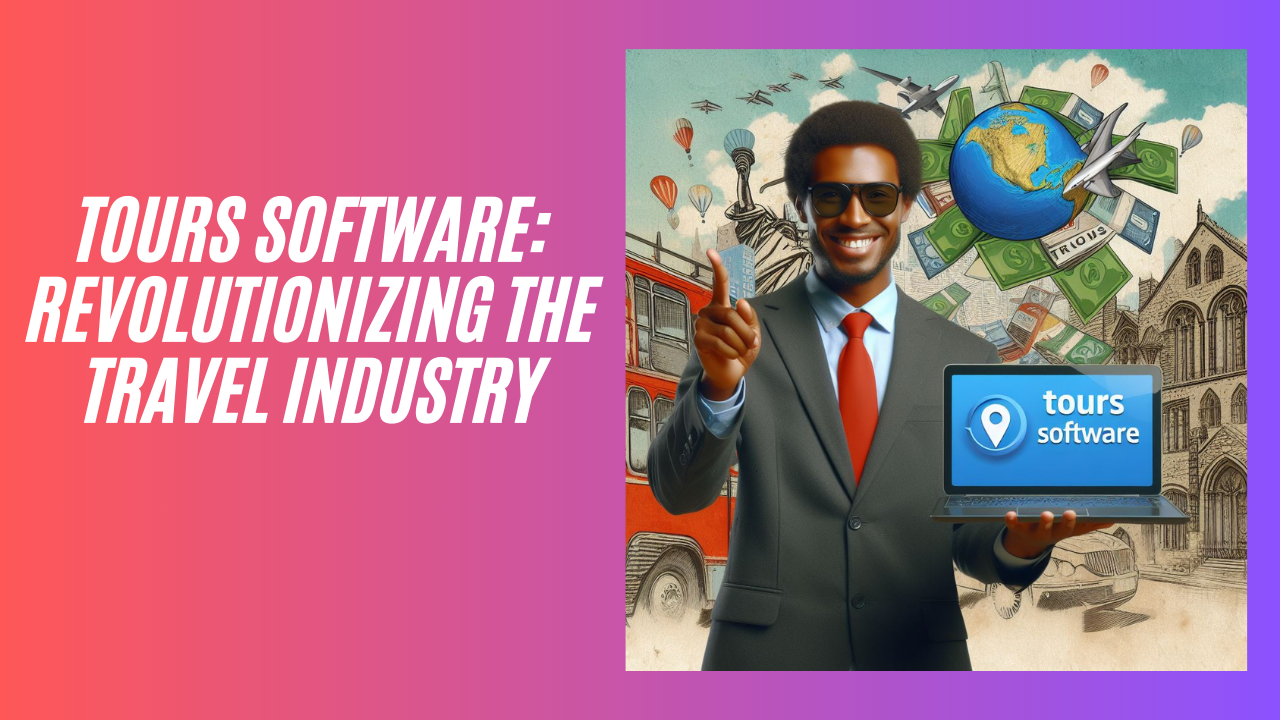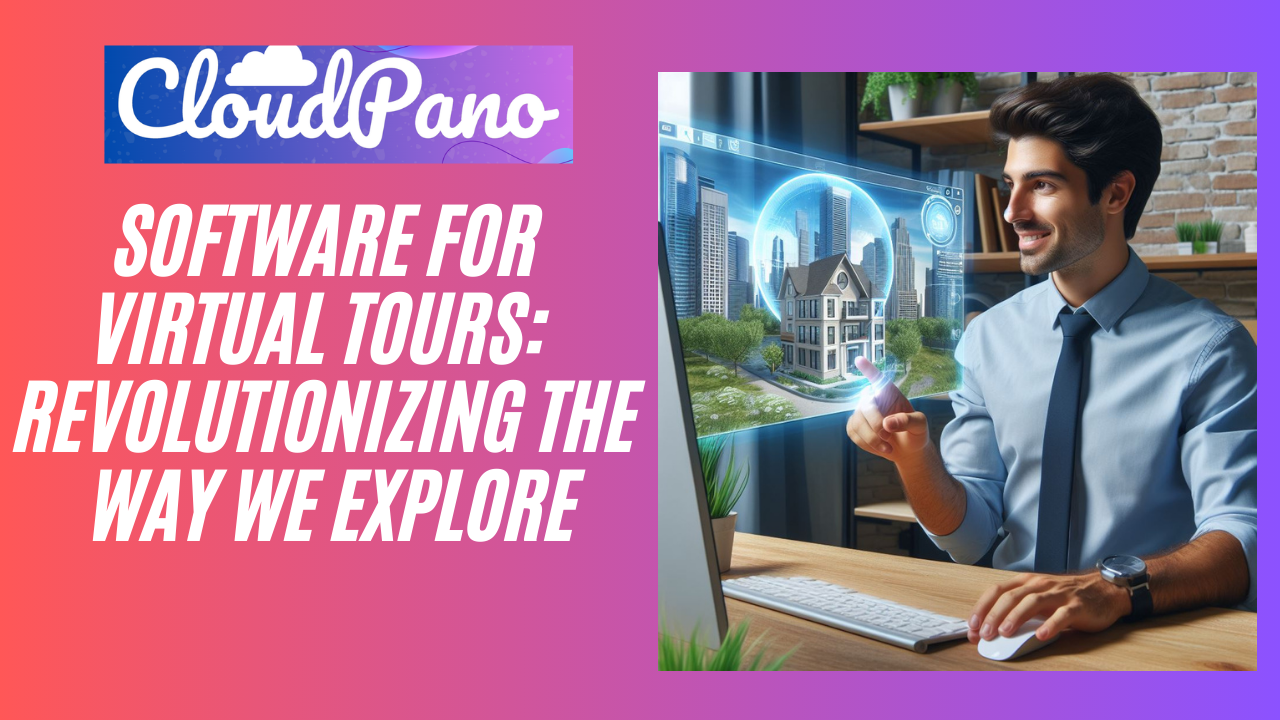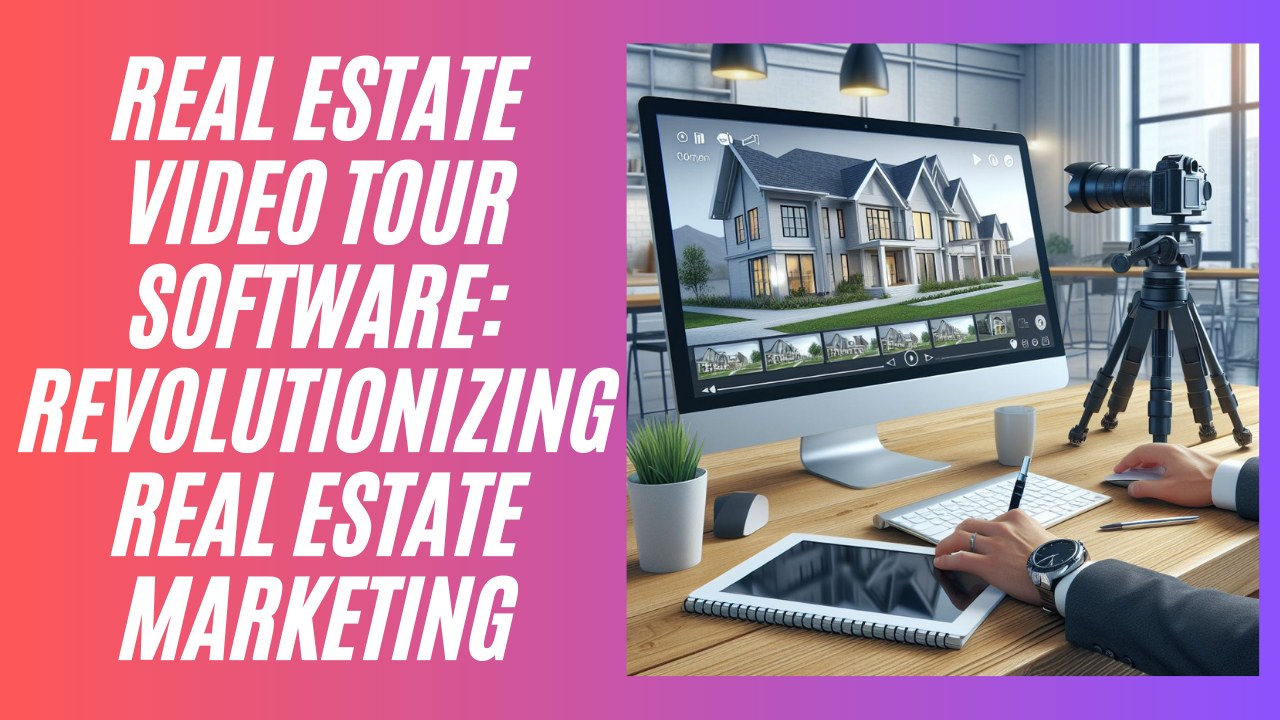How to Scale a Virtual Tour Business
How to Scale a Virtual Tour Business
Hello everyone! Zach Calhoon here from Cloudpano.com, the world’s best virtual tour software.
Today, we’re discussing how to scale a virtual tour business. If you’re unfamiliar with what a virtual tour business is, it’s essentially the practice of creating virtual tours or VR experiences for clients in exchange for payment. So, how do we go about scaling such a business? Well, it’s a complex question with a long answer, as the buzzword “scaling” tends to imply.
First and foremost, it’s important to have a clear niche and a mathematical transaction value that makes sense for scaling purposes. This means that you should be able to generate a high enough margin to justify scaling efforts. Additionally, scaling often requires the building of a team. This includes hiring a salesperson, administrative staff, and potentially a development team, depending on the size of your business. It’s important to remember that you can’t scale a business on your own, and investing in a capable team is crucial for success.
At Cloudpano, we have a six to seven person development team, as well as a CRM system to manage our sales pipelines. But the number one key to scaling a virtual tour business is customers and a strong customer pipeline. This means that you should have established results and case studies to show potential clients the benefits of your service. Advertising is also crucial for attracting new customers, but it’s important to keep in mind that advertising costs money and needs to be profitable. Your goal should be to book demo calls for under $50 each. However, in order to do this effectively, you need to have proof of the results you can achieve for your clients. Without this, it will be difficult to attract new business through advertising. In addition to results and advertising, it’s important to track your metrics and have conversion tracking in place. This will allow you to understand the value of each lead and make informed decisions about how much to spend on advertising in the future. Without proper tracking, it will be difficult to scale effectively, even if you see short-term success.
Other tactics for scaling include prospecting and retargeting through advertising, as well as continually improving and repeating successful strategies.
To sum up, scaling a virtual tour business requires a strong team, effective advertising, and careful tracking and analysis of metrics. By following these guidelines and continually improving upon your strategies, you can turn your virtual tour business into a thriving and successful enterprise.










